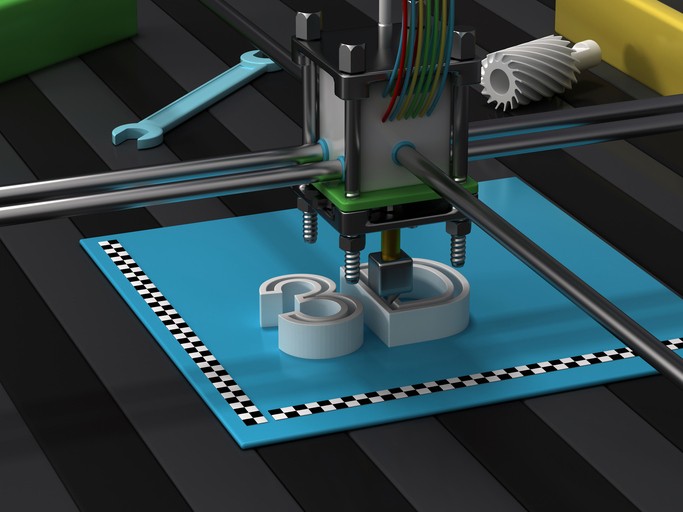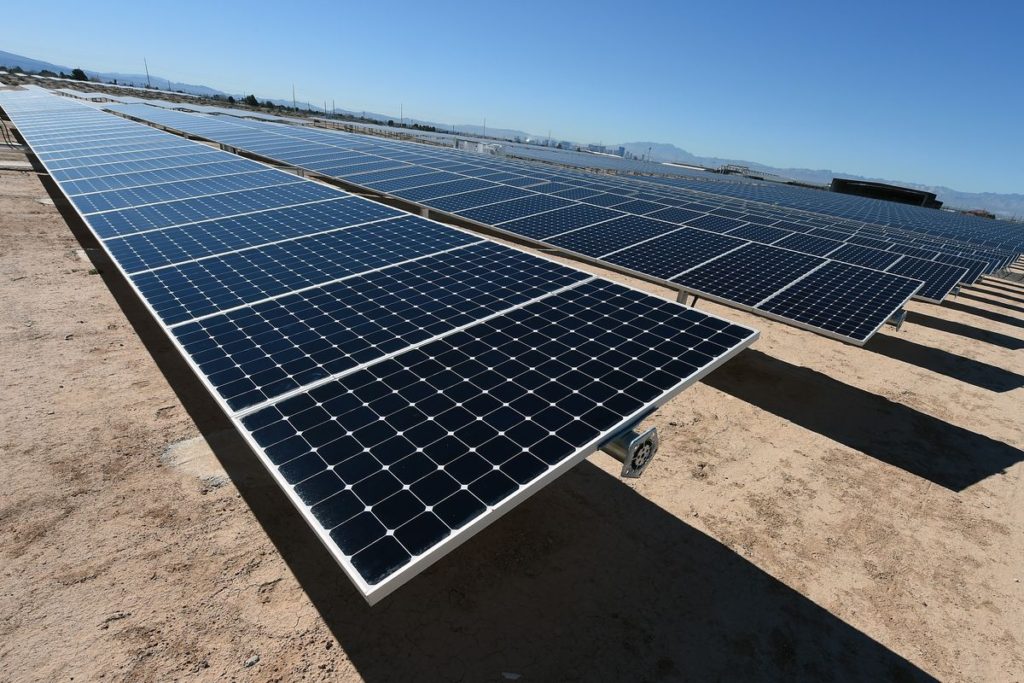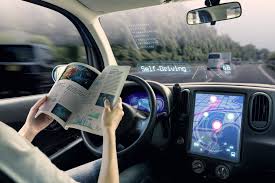I’m trying to build my audience, so if you like this post, please share it on social media using the buttons right above.
Welcome back to my Top 10 list of industries that will create new trillion dollar companies. On Monday we covered 10 to 6 with: marijuana, fake meat, virtual reality, curing diabetes, and sport gambling. If you didn’t read it, you may want to check it out.
On to the show.

5. Video conferencing: This is another one of those things we see in science fiction movies all the time, but what we have today still falls flat. Today’s technology isn’t always reliable, the cameras aren’t that good, they don’t follow the subject (center it), you have challenges with people talking over each other, and even slight delays make it a farce.
That’s a pretty big list of complaints but the potential is there. Even with today’s very flawed offerings, you can see the promise. And there is no question of the need.
When I was a consultant we had meetings about once per month that had maybe 40 people come together. Let’s say half of them had to fly in. Flights, hotels, meals while traveling come to about $2000. Plus you have all the lost time. To get there and back on a plane takes two days lets say. If each person in that room makes $150,000, those two days, less the time of the 4 hour meeting is about $1000 each. All said, just to have that meeting with everyone there face to face costs $60,000 or more.
Once the technology gets there, you can have those meetings at a fraction of the cost. Plus, as it becomes more convenient, you’ll have a lot more “face-to-face” calls instead of phone calls or emails. Obviously communication is much more effective if you can do that rather than just have audio or text.
There’s a ton of money to be made here, and I don’t think we’re really that far away. It’s just making it as streamlined and simple as making a phone call is today.

4. Online shopping: Many will say this is already there—Amazon, anyone? In fact, e-commerce only represents about 10% of retail.
The big rocks I see changing in the next couple years are groceries and prescription medicine. I know right now they’re there, but it seems pretty limited. The Fox household cannot get online grocery delivery from Amazon. We can’t even get it where we order groceries online and them pick them up from the closest Walmart. So there’s room for improvement there.
Beyond that, especially as you start leveraging other advances (drone technology maybe, and VR #8) you can imagine a lot of other markets opening up. If I was smarter I could tell you exactly what it would be. However, with only 10% penetration, e-commerce has already made Amazon a trillion-dollar company. As penetration drives to 20%, 30%, and on, there’s no reason to think it won’t spawn more trillionaires.

3. 3D printing: This is a bit of a backwards technology—the solution came before there was a problem to solve. At Medtronic in 2014 we got a 3D printer and everyone thought it was super cool but it didn’t do anything. It was huge (about the size of a phone booth, cost $300,000, could only “print” in one material, and only a few of the guys in the machine shop knew how to use it. Honestly I think the most use it got was making trinkets for the local elementary school who came to our facility for a field trip.
This year I went to a “STEM in schools” conference and there was one for $2000 that could print in up to 4 different materials (different colors but all the same material). Clearly the technology is advances. Now it just needs that “killer app”.
Again, predicting the future is a good way to look foolish. Long-term you could imagine a 3D printer “printing” food and body organs, but that’s Jetson’s stuff still probably decades off. In the more short-term I think it can revolutionize some medical device industries like orthopedics (about $50 billion in annual revenue) and dental crowns ($10 billion), just to name two off the top of my head. You could also imagine more mundane things like plumbers and construction guys always having the perfectly sized piece.

2. Solar panels: Our appetite for energy will only continue to increase. As political forces curb fossil fuels, renewables like solar become an obvious solution. Over the past few years, solar has definitely gained traction and grown a lot, but it’s still only about a billion-dollar industry.
What makes me optimistic is that the economics work. We installed panels on our roof about 3 years ago, and they have a long-term return of about 4%. Since then panels have gotten better AND cheaper, so a similar system today would cost about 10% less than we paid and generate about 10% more. That pushes that return up to about 6-8%. For a risk-free rate, that’s amazing. Everyone should be doing this.
Also, what makes me optimistic is that there’s a ton of room for growth. It struck me when I flew in Los Angeles. On the approach you pass over about 50 miles of urban sprawl. There’s millions of roofs, and only a small, small fraction have solar panels. And that’s in LA where the political climate is so pro-solar that they require new buildings have solar panels. If there’s that much opportunity in a place like LA, imagine the rest of the country and the world.

1. Self-driving cars: This is the biggie. Just goofing around with Mike, a loyal reader who predicted this as the #1, I thought this could generate $5 trillion in value. Now I wonder if I underestimated that figure. Realizing the dream of a fully-automated car has the potential to be as big an innovation as the personal computer or the internet, and those created a few trillion-dollar industries.
Where to start? First it will allow the current automotive industry (currently about $1 trillion in annual revenues) to offer a product SIGNIFICANTLY better than available now. There’s a ton of money to be made there. If you’re willing to pay $25,000 for an Accord today, how much if that same car drove itself? $40,000 or $50,000? More?
There’ll also be a real estate boom. Real estate just in Manhattan is worth about $2 trillion. Let’s say 5% is dedicated to parking facilities—that $100 billion just in Manhattan that can get redeployed. Extend that to every city in the world and your talking trillions.
Also, there’ll be a boom because real estate in outlying areas will increase. Today, let’s say a person is willing to commute up to an hour. So communities that are over an hour away from where jobs are lose a lot of value. If cars drive themselves, people will gladly commute longer because they aren’t driving, they’re just browsing on the internet or watching movies. Those communities will drastically increase in value due to higher demand. Imagine that across suburbia and you’re similarly talking trillions.
Plus roads will last longer because computers don’t drive like idiots they way people do. Tires and other auto parts will last longer for the same reasons. The auto insurance industry just in the US has about $300 billion in revenue and that will be turned on it’s head.
Oh, and there’s that little thing call humanity. The 35,000 annual fatalities and 3 million injuries will fall dramatically. That’s probably worth a couple trillion right there.
I could go on and on for these, and I am sure there are others that are equally promising. The pint is the future of investing is bright. There are going to be amazing companies that are going to continue to create amazing value for those who are invested.
What about 5G? I think that should trump 3D printing.
Although the other 4 are excellent picks.